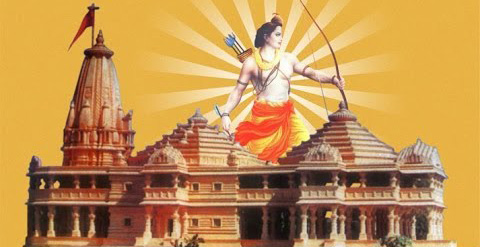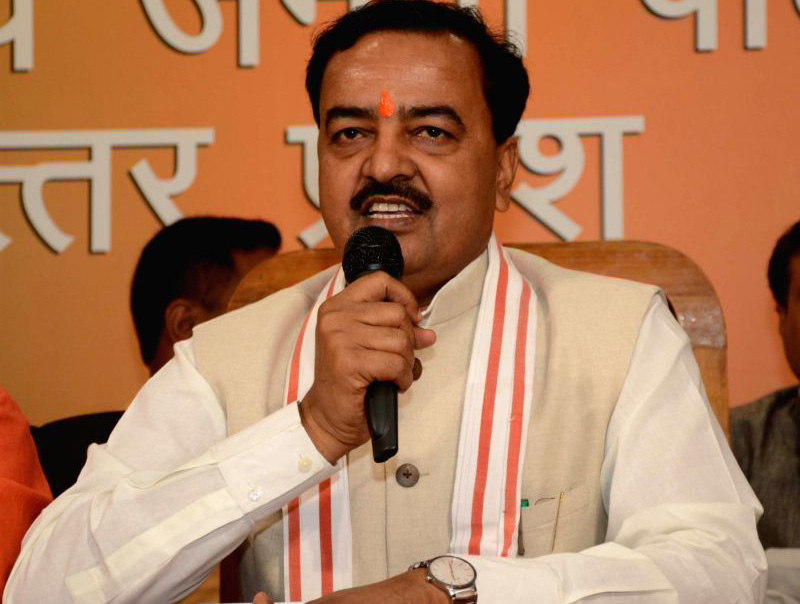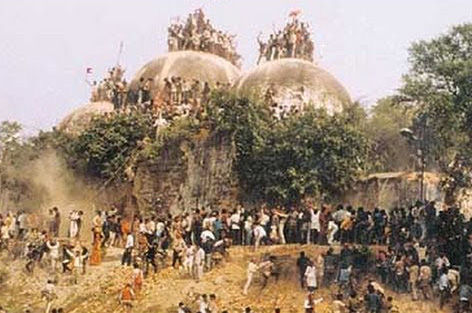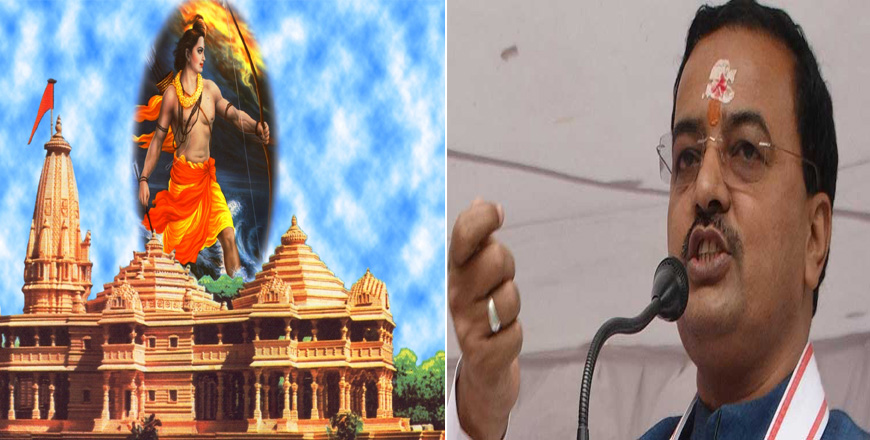In October, the BJP announced its decision to set up a Ramayana museum in Ayodhya. This is all the party has offered on the subject of Ram in its election campaign in Uttar Pradesh so far.
“Ram mandir is not a part of the BJP campaign,” said Keshav Prasad Maurya, the president of the party’s state unit, in his office in Lucknow. “The building of the temple and the development of Ayodhya are two different matters.
The second should not be affected because of the status of the first. Be it the youth or Ram bhakts, everyone in UP is supporting BJP with the hope it will bring change.”

This is also what Lallu Singh, a kar sevak from 1992 and the current MP from Faizabad – Ayodhya’s twin town – told me when I visited him at his weekly durbar.
“BJP’s priority right now is to uproot terrorism from the country, securing the borders, lifting the living conditions of the average citizen. The temple will be built either today or tomorrow. And lord Ram is lord Ram; he will decide when it’s the right time for him to take his seat in Ayodhya.”
Aged 35 in 1992, Singh, an RSS volunteer since he was a boy, had taken care of logistics on the day of the mosque’s demolition. Today, Singh believes Hindus should see Narendra Modi as a stand-in for lord Ram.
“What lord Sri Ram did while ruling Ayodhya, Modi is doing right now in India. Lord Ram finished off people with a demonic bent, the equivalent of today’s terrorists,” said Lallu Singh.

“He empowered the poor, turned them into soldiers in his war against Ravan. We can say that, to some extent, Modi is also following the same path. You meet any saint in Ayodhya and he will tell you that Modi ji is Sri Ram.”
The saints aren’t, however, the only people in UP who still care about the construction of the temple. In October, the Akhil Bharatiya Hindu Mahasabha, an organisation of radical Hindu nationalists, announced its decision to fight each of the 403 seats in the state election on a one-point agenda: Ram mandir.
“Let BJP fight the election on the promise of progress. In any case, neither Modi nor BJP is capable of building the temple in Ayodhya,” said Shivkant Shukla, a spokesperson.

“We have begun an awareness campaign at the level of the polling booth. The temple is in every Hindu’s interest, after all.” I asked Shukla if the public is responding in the same spirit. “People are showing some support, but not that much.”
On 5 December, 1992, the 32-year old RSS volunteer left his village in Benares to carry out his life’s duty in Ayodhya. “I was there at the top of the building.
We found whatever we could – shovels, spades, rods – and began striking at the dome. By noon, the structure was demolished. Four hours later, I was on the ground, buried under a pile of rubble.”














